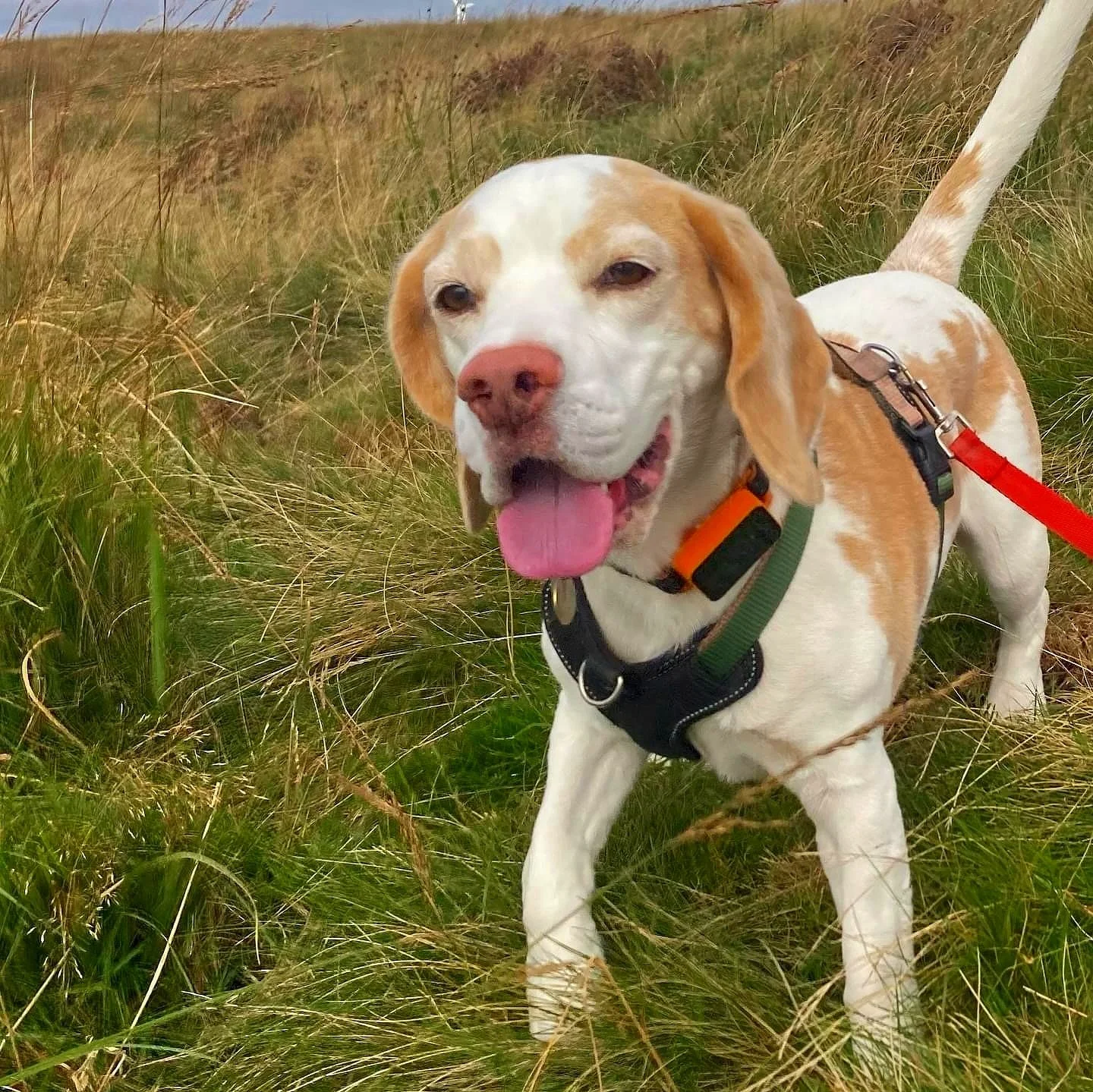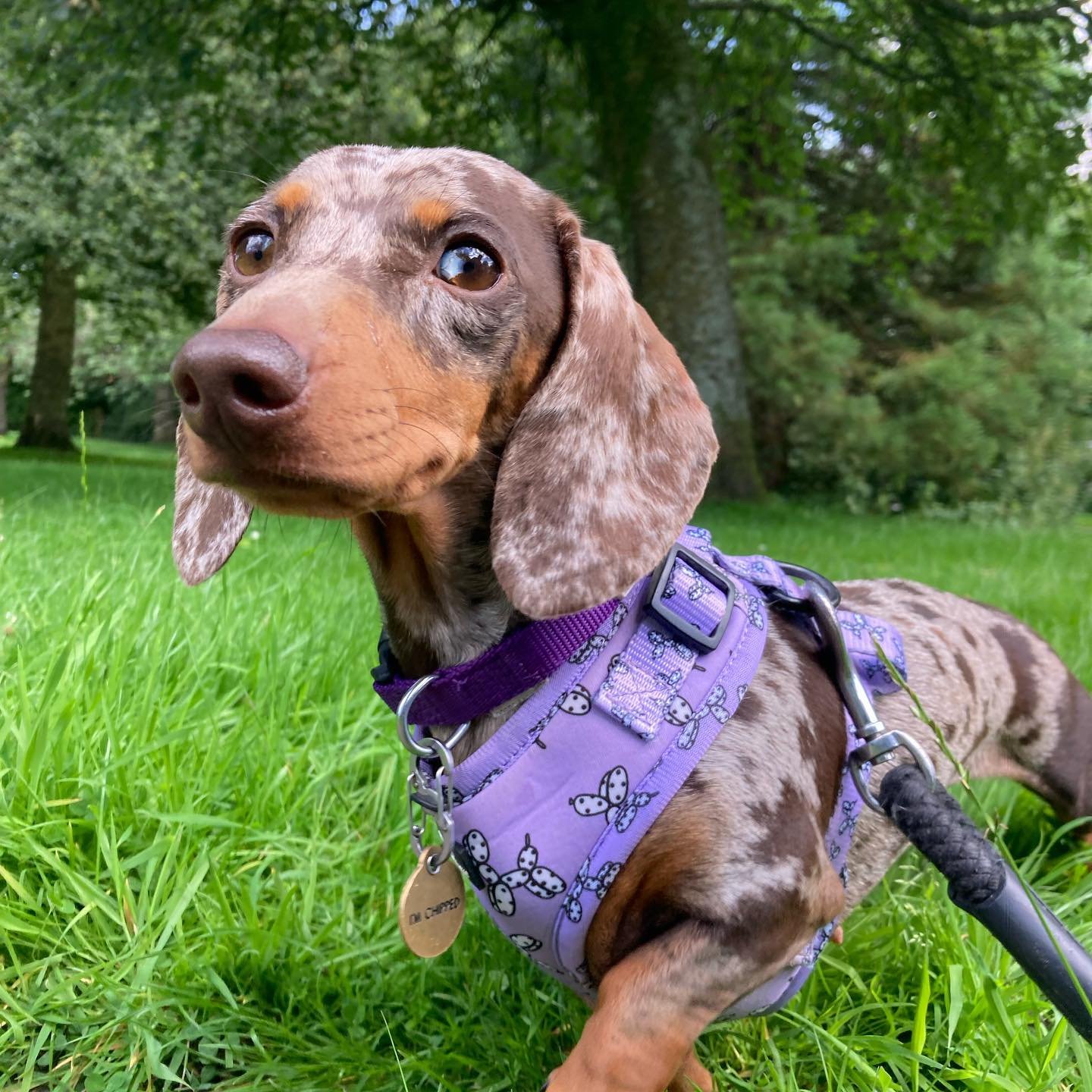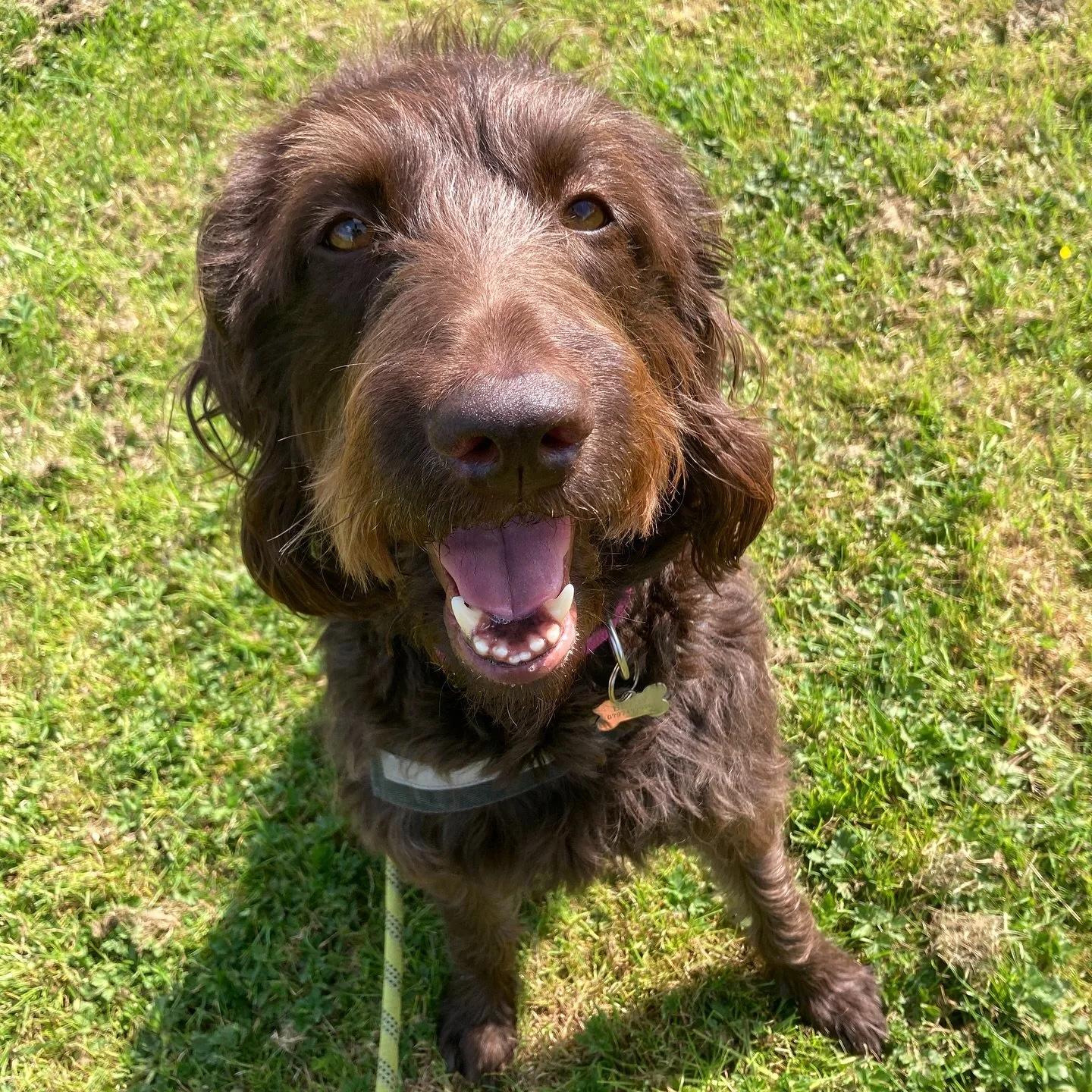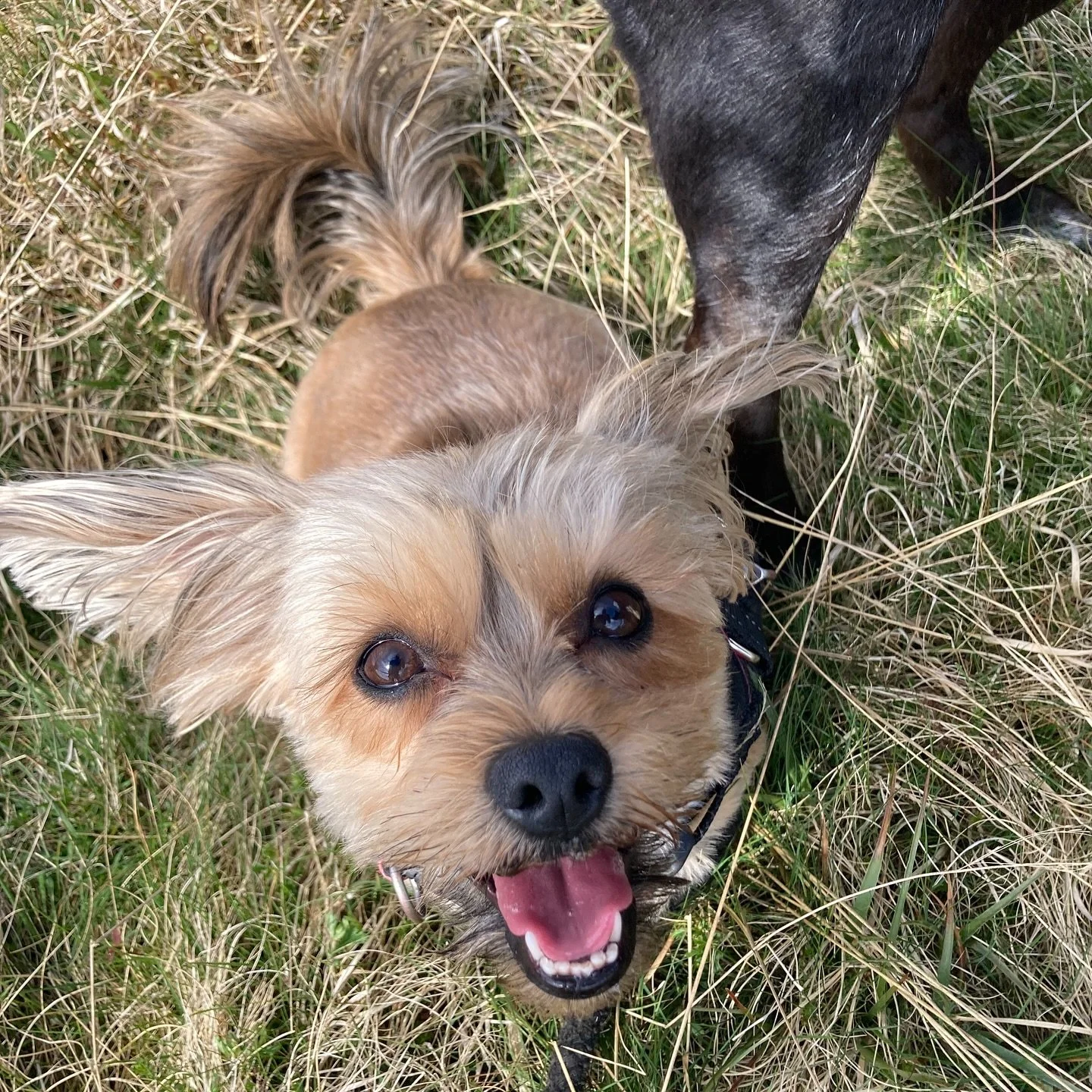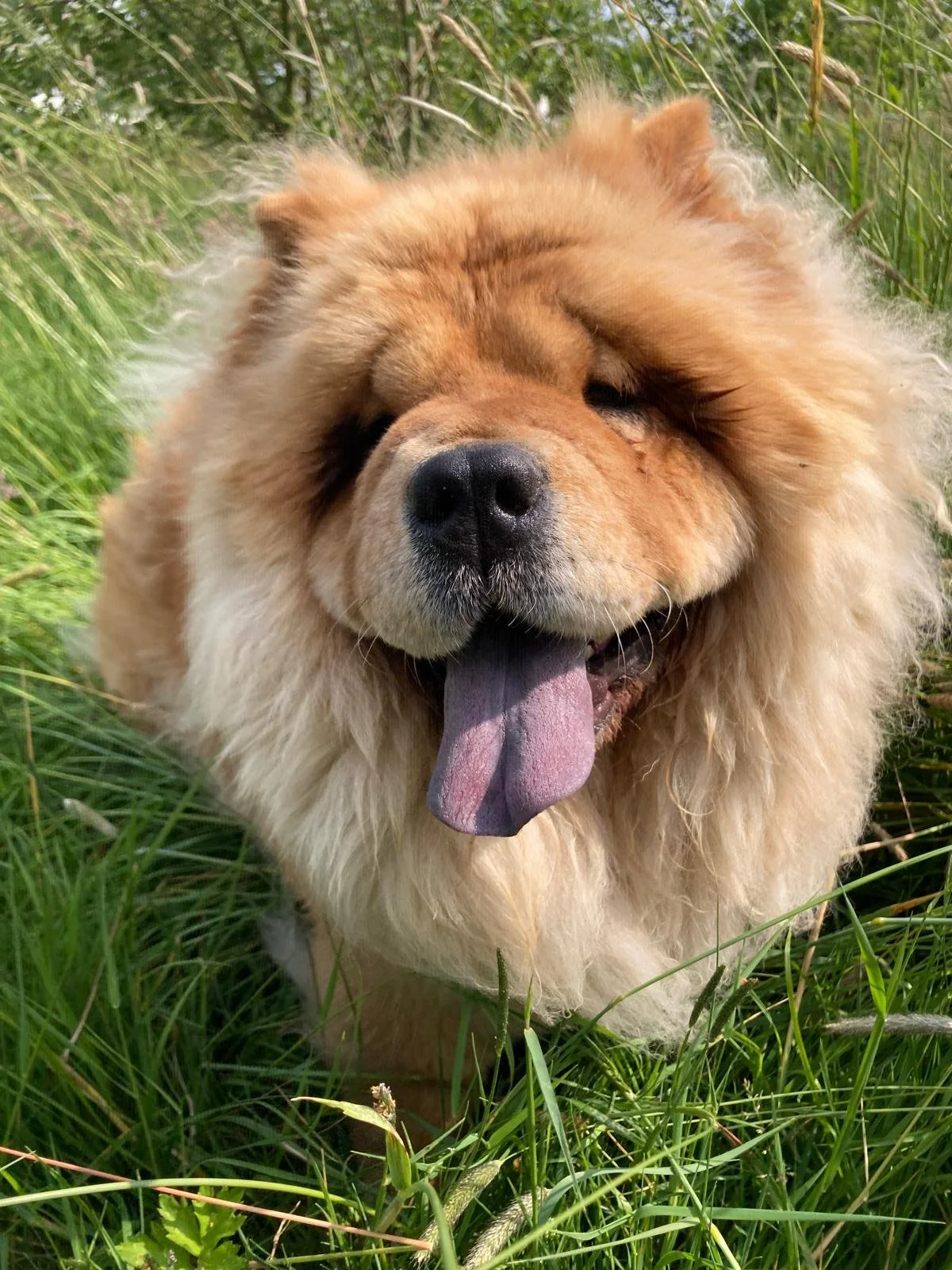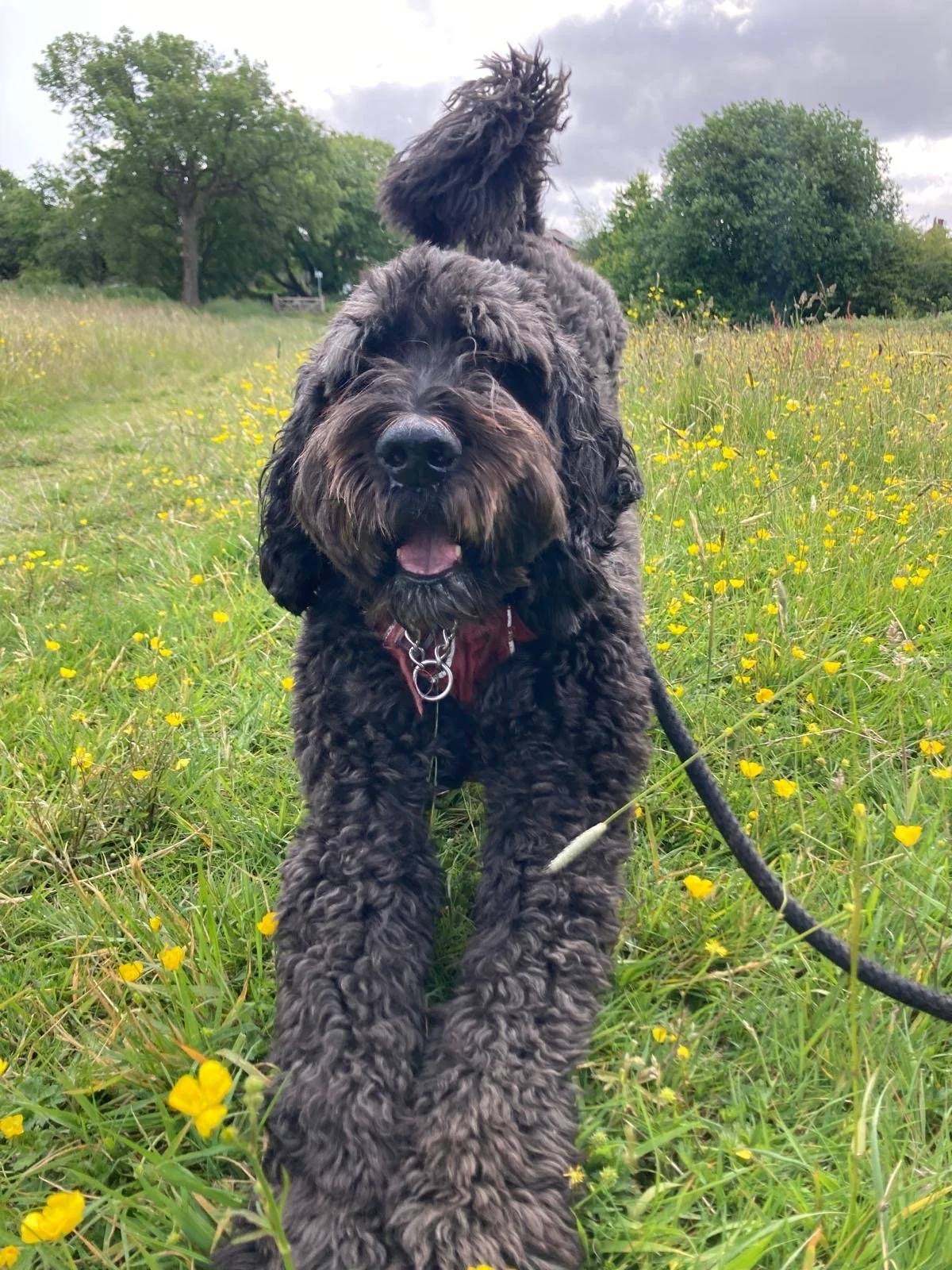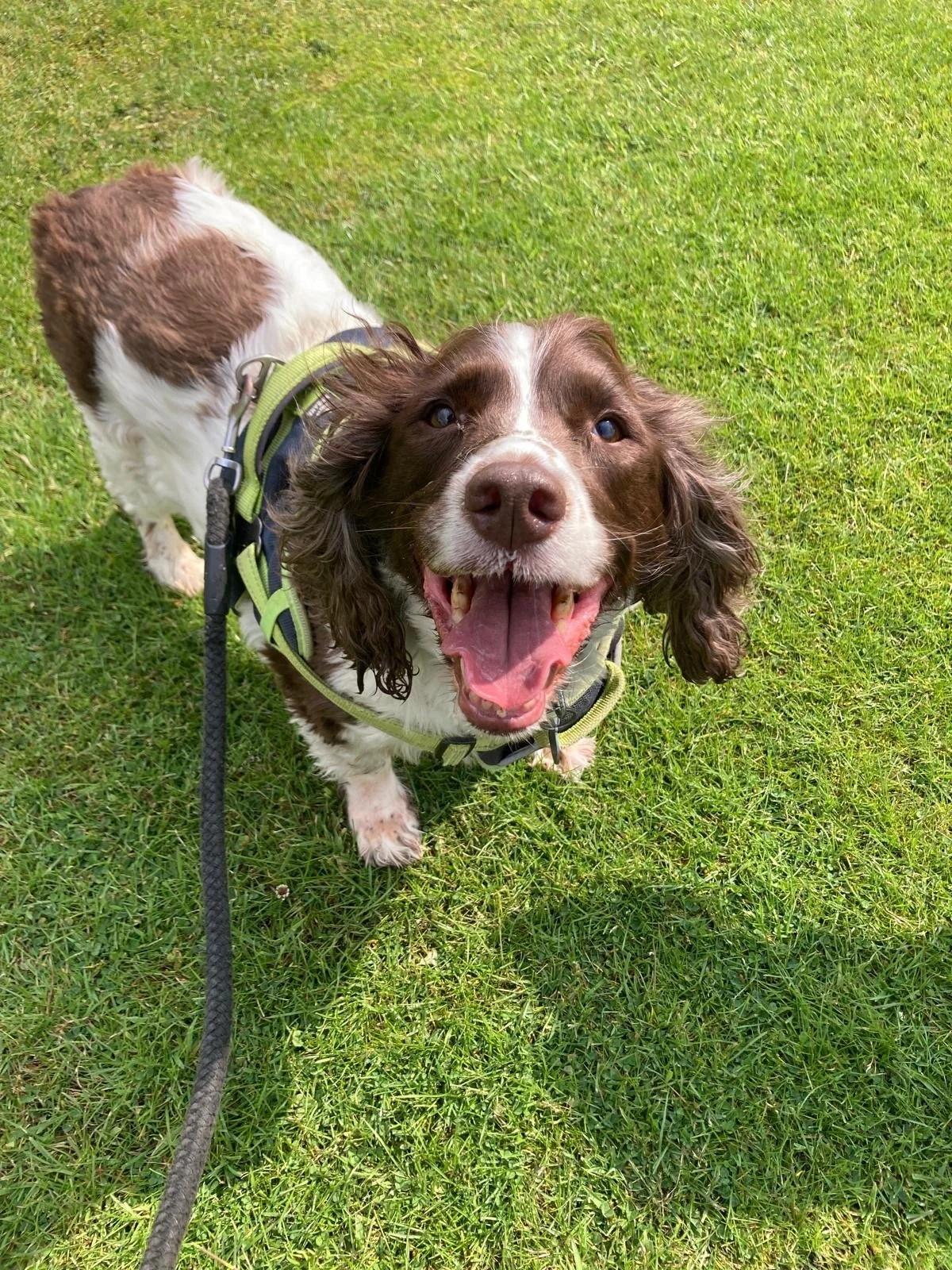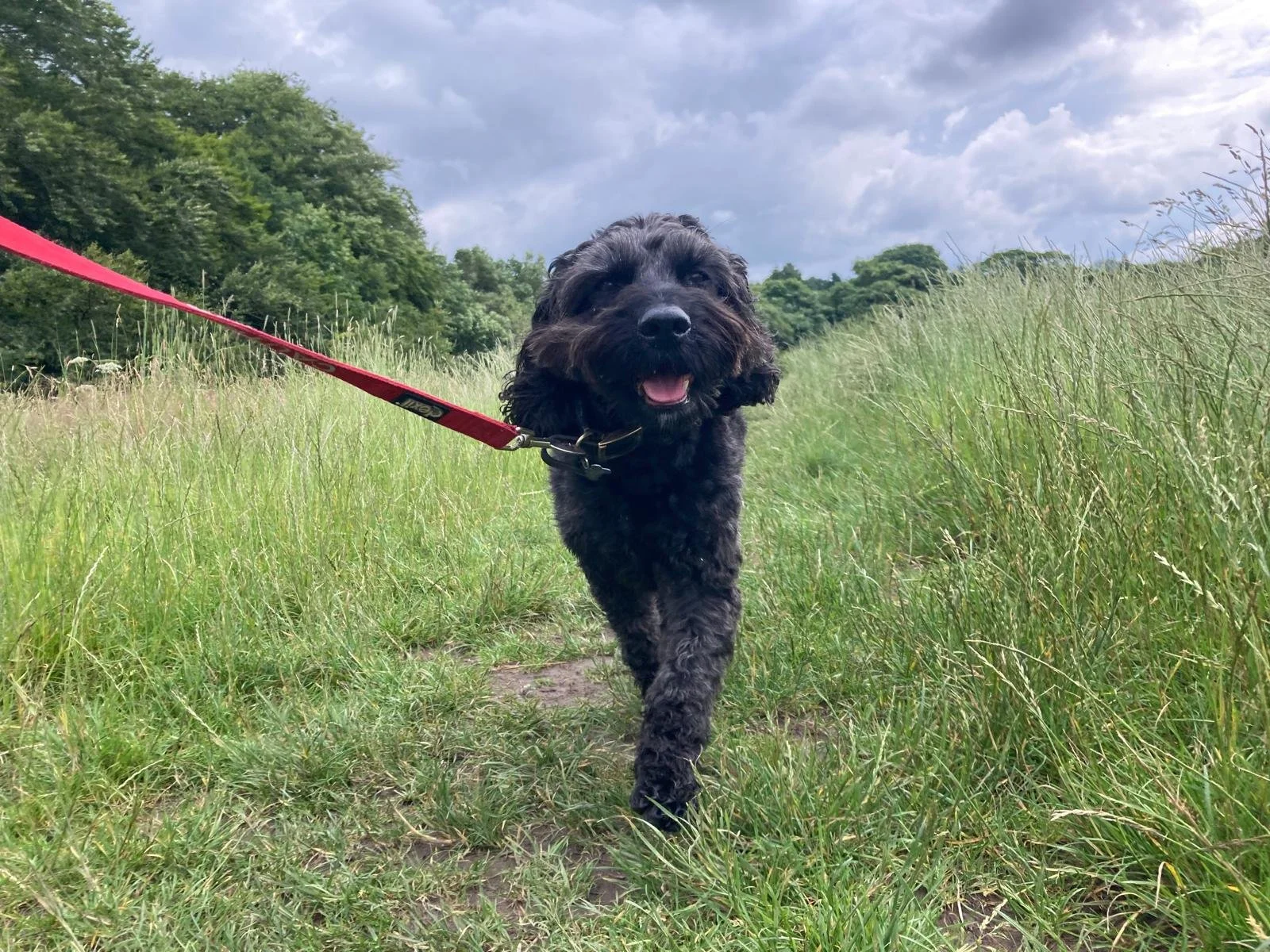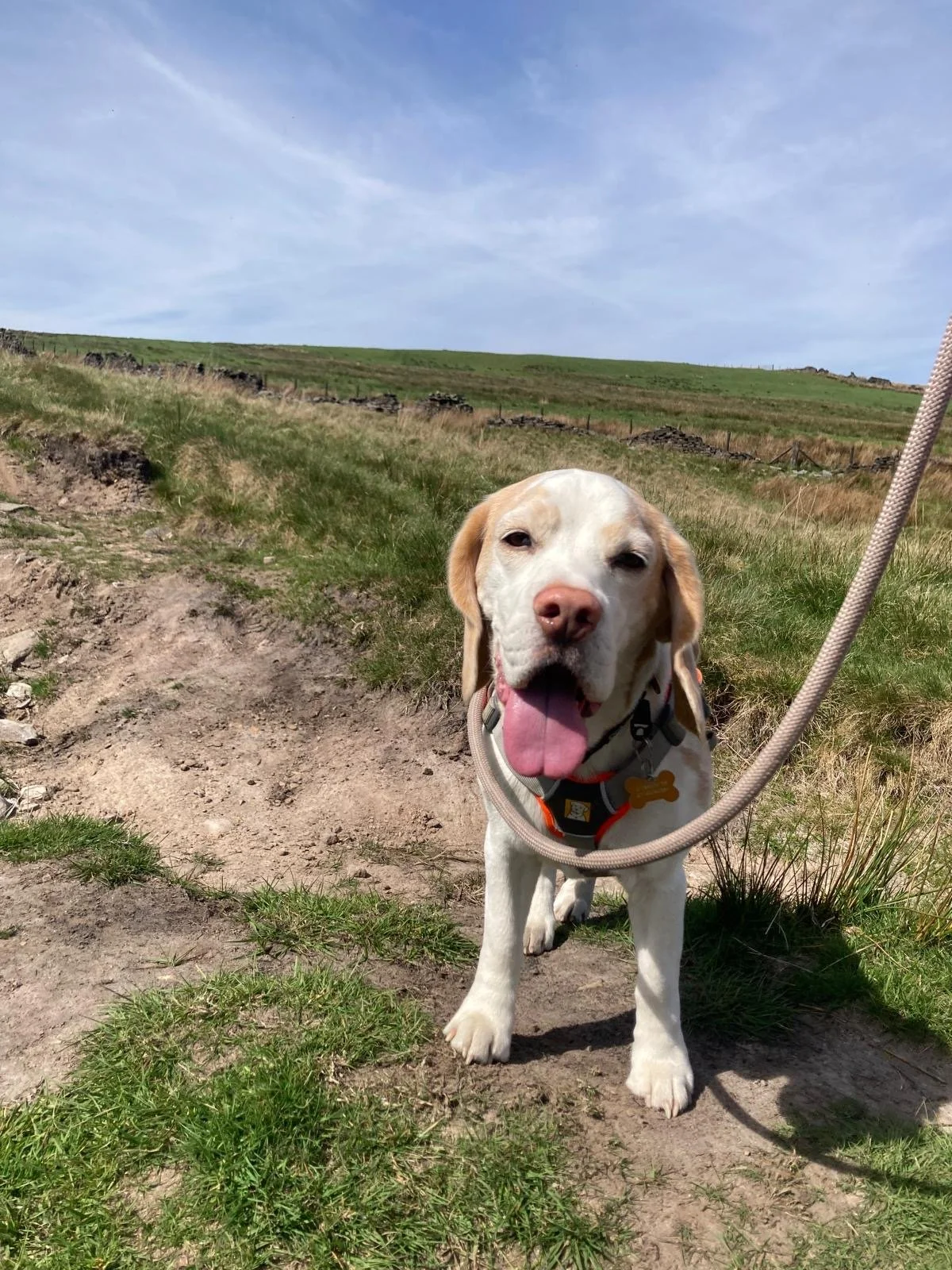Behavioural Consultations
1-2-1 advice and support through actionable plans based on a force free, positive reinforcement philosophy for canine behavioural issues including reactivity, hyperactivity, separation anxiety, housetraining, resource guarding, mouthing & biting and more. Our Behavioural Philosophy
At the heart of Martyn’s Mutts is a commitment to force-free, positive reinforcement methods. We believe that every dog deserves to be treated with kindness and respect, and that behavioural change comes through building trust, not fear.Rather than relying on outdated dominance models or punitive techniques, we work with dogs to understand the root causes of their behaviour. Whether it's anxiety, reactivity, or fear based responses, our goal is to help dogs feel safe, confident, and empowered to make better choices. This means:No aversive tools or punishments
We don’t use shock collars, choke chains, or intimidation.Science based methods
We rely on modern behavioural science, focusing on motivation and reinforcement.Empathy for both dogs and owners
Behavioural challenges can be overwhelming. We’re here to support, not judge.Our approach not only helps improve behaviour, it strengthens the bond between you and your dog through clear communication and mutual understanding. Behavioural Issues
Whether you're dealing with a specific behavioural issue or just want to better understand your dog’s emotional world, we offer compassionate, personalised support in areas such as:Reactivity
Reactivity is a common behaviour issue where a dog overreacts to certain triggers, such as other dogs, people, bicycles, or specific environments - often barking, lunging, or growling. This behaviour is usually rooted in fear, frustration, or insecurity, not aggression.Fear and anxiety
Dogs can develop fears of specific objects, noises (like fireworks or hoovers), people, or situations. Chronic anxiety can also manifest in more subtle ways, like constant pacing, drooling, or avoidance.Separation-related problems
Many dogs struggle with being left alone, leading to distress behaviours like barking, whining, destructive chewing, or toileting indoors. This isn’t about “naughtiness” - it’s often a sign of anxiety or confusion about being apart from their person.Overarousal and hyperactivity
Some dogs struggle to regulate their excitement, leading to jumping, mouthing, barking, or an inability to settle down. This can be frustrating for owners and confusing for the dog, who often just needs help managing their emotions.Resource guarding
Resource guarding occurs when a dog feels the need to protect something they value - such as food, toys, or even a person. They may freeze, growl, or snap to keep others away. It’s a natural canine behaviour, but it can cause stress or conflict in a home environment.Generalised stress and lack of confidence
Dogs who are constantly on edge, easily startled, or reluctant to explore new things may be struggling with generalised stress or low confidence. These dogs may seem “shut down” or overly sensitive to everyday situations.Each consultation begins with a detailed assessment to fully understand your dog’s history, environment, and triggers. From there, we’ll develop a practical, achievable plan to guide you and your dog forward and always at a pace that’s right for them.What’s included:
-

Walk Observation
Observing your dog on a walk in their natural routine and environment outside the home.
-

Home Observation
Observing your dog in their natural routine and environment inside the home.
-

Consultation
Discussion of your dogs behavioural challenges in detail, including discussion of walk and home observation.
-

Behavioural Plan
An actionable behavioural plan summarising observations and initial consultation, including advice and tips to address the areas of concern.
Testimonials
Availability
Monday - 6pm onwardsTuesday - 6pm onwardsWednesday - 6pm onwardsThursday - by requestFriday - all dayWeekends - by request We provide behavioural services throughout the North-West. Please enquire for more details and availability.
Certified in:
-
Understanding Canine Communication: Exploring how dogs communicate through body language, vocalisations, and behaviour.
Recognising Stress Signals: Identifying signs of stress or discomfort in dogs, including subtle cues.
Reading Positive Signals: Learning to recognise when a dog is comfortable and happy.
Contextual Interpretation: Understanding how context affects body language interpretation.
Applying Knowledge in Training: Using body language insights to enhance training and behaviour modification.
-
Understanding Aggression: Examining the different types of aggression in dogs, including fear-based, territorial, and social aggression.
Assessing Behaviour: Learning how to assess a dog’s behaviour and triggers, as well as recognising body language associated with aggression.
Behaviour Modification Techniques: Exploring effective techniques for modifying aggressive behaviour, including positive reinforcement strategies.
Safety Protocols: Understanding safety measures for handling aggressive dogs, both in training environments and in everyday situations.
Owner Education: Providing guidance on how to educate dog owners about aggression, including management strategies and when to seek professional help.
-
Understanding Human Aggression: Exploring the reasons behind aggressive behaviour directed towards humans, including fear, anxiety, and territoriality.
Identifying Triggers: Learning how to identify specific triggers for aggressive behaviour in dogs, such as certain situations, people, or environments.
Risk Assessment: Understanding how to assess the level of risk associated with a dog displaying aggression towards humans.
Behaviour Modification Strategies: Exploring various training techniques and behaviour modification strategies, focusing on positive reinforcement and desensitisation.
Safety Protocols: Discussing safety measures for handlers and owners when working with aggressive dogs to prevent incidents.
Owner Support and Education: Providing guidance on how to help dog owners understand and manage their dog's aggression, including when to seek professional assistance.
-
Understanding Resource Guarding: Examining what resource guarding is, including the types of resources dogs may guard (food, toys, space, etc.) and the underlying motivations.
Identifying Signs: Learning to recognise the signs of resource guarding, including body language and behaviours that indicate a dog is uncomfortable or protective.
Assessment Techniques: Understanding how to assess the severity of resource guarding behaviours and identify triggers.
Behaviour Modification Strategies: Exploring effective training techniques to address resource guarding, focusing on positive reinforcement and desensitisation methods.
Safety Measures: Discussing safety protocols for handlers and owners when managing a dog that exhibits resource guarding tendencies.
Owner Education: Providing guidance on how to educate dog owners about resource guarding, including management strategies and prevention techniques.
-
Understanding Separation Anxiety: Examining what separation anxiety is, including its causes and how it manifests in dogs.
Recognising Symptoms: Learning to identify common signs of separation anxiety, such as excessive barking, destructive behaviour, and house soiling.
Assessment Techniques: Understanding how to assess the severity of separation anxiety and identify triggers for the behaviour.
Behaviour Modification Strategies: Exploring effective training methods to help alleviate separation anxiety, including desensitisation and counter-conditioning techniques.
Creating a Supportive Environment: Discussing how to set up a dog's environment to reduce anxiety and promote comfort when left alone.
Owner Education: Providing guidance on how to educate dog owners about separation anxiety, including management strategies and when to seek professional help.
-
Understanding Puppy Development: Exploring the different stages of puppy development and the behaviours commonly exhibited at each stage.
Common Behavioural Issues: Identifying typical issues that arise during the puppy stage, such as nipping, chewing, and house training challenges.
Socialisation Strategies: Learning the importance of socialisation and how to safely expose puppies to various people, environments, and other animals.
Basic Training Techniques: Introducing fundamental training concepts, including basic commands, reinforcement techniques, and establishing good manners.
Preventative Measures: Discussing how to prevent behavioural problems from developing by providing appropriate outlets for energy and mental stimulation.
Owner Education: Guiding puppy owners on how to manage and support their puppy’s development, including establishing routines and expectations.
-
Fundamentals of Dog Training: Introducing key concepts of dog training, including the importance of positive reinforcement and the role of motivation.
Understanding Canine Behaviour: Exploring basic canine behaviour and learning how dogs learn, including different training theories and techniques.
Basic Commands: Teaching essential commands such as sit, stay, recall, and heel, along with effective methods for training these behaviours.
Communication Skills: Developing effective communication skills between the trainer and the dog, including body language and verbal cues.
Problem Solving: Identifying and addressing common training challenges and behavioural issues that may arise during training.
Socialisation: Understanding the importance of socialisation and how to safely introduce dogs to various environments, people, and other dogs.
-
An intensive hands-on program to build practical skills in coaching group dog training classes, covering essential skills such as structuring and planning classes, teaching effective training methods, and using observational techniques to assess both dog and handler progress.
-
By:
&
For more details or enquiries, please use our contact form to get in touch
The Martyn’s Mutts Pack



